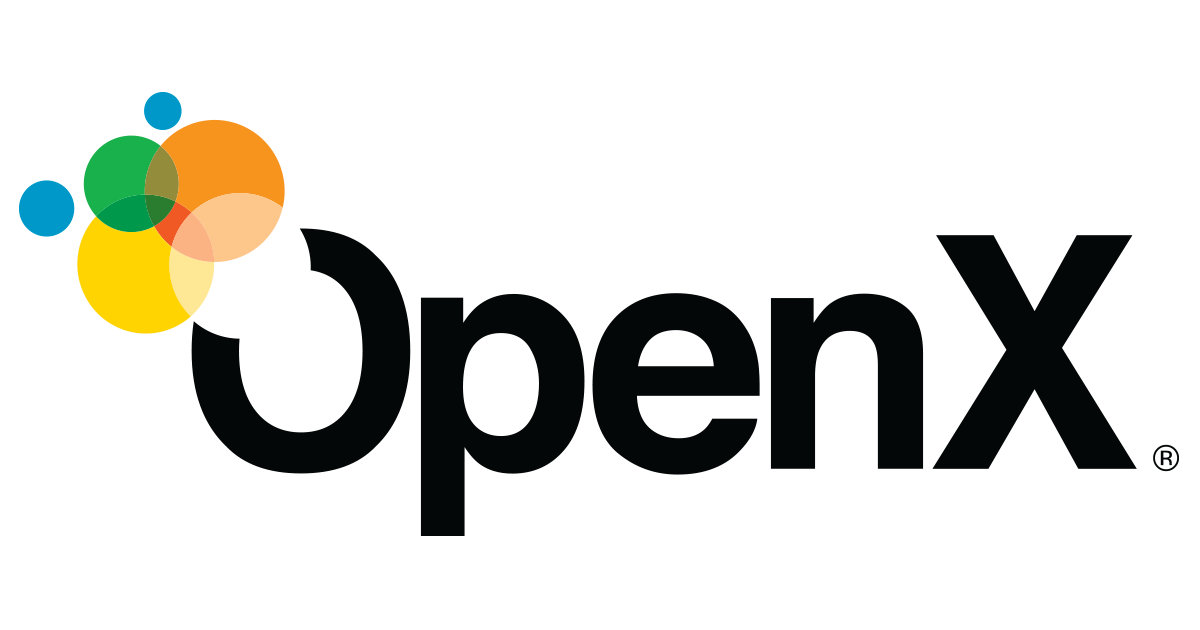Top 6 Accounting Software Programs for Small Business Owners
 The search for the right accounting software can be tedious. As the choice depends on company needs, assessment includes company size, cash flow, accounting experience and company budget. Here are 6 top accounting software programs small business owners can turn to:
The search for the right accounting software can be tedious. As the choice depends on company needs, assessment includes company size, cash flow, accounting experience and company budget. Here are 6 top accounting software programs small business owners can turn to:
Wave Accounting
Wave has come a long way since 2010 as a free, cloud-based program. Now supporting 2.5 million users, the software provides free standard features, with a visually pleasing interface. Tools include billing/invoicing, estimates, expense tracking, and advanced sales tax settings. Available on Android and iPhone, Wave has added extra features for contact management, bank reconciliation, and lending.
Xero
Used by both small business owners and accountants, Xero offers over 500 tools to provide customization for company needs. Supporting multiple currencies, Xero revolves around handling payroll and payroll taxes. Optimized for collaboration between users and accountants, data is processed through a single ledger. Users can speed processes by creating invoices via preset templates, or by sending billing or invoicing statements directly online.
SlickPie
Suited for small businesses, SlickPie’s cloud-based platform brings an invoicing feature for online billing and document management with pre-set themes. Financial reports provide users with business growth analytics, and automates invoicing and payment reminders. It’s free to use, and provides an additional free tool called MagicBot for automated data entry.
QuickBooks Online
Commanding as one of the most recognizable software applications, QuickBooks offers both licensed and online versions. Invoices/billing can be electronically sent to customers, and accountants can find collections, fixed asset management, and cash management tools helpful. QuickBooks provides a 30-day free trial to see if it matches company needs.
Kashoo
Available on iOS and web, Kashoo’s cloud-based accounting software is priced at $12.95/month (free trial available). Online training webinars as available as well as support during business hours. With the ability to track expenses and income, users can invoice customers online and access payroll and tax management features. Kashoo stands out for its ability to deal with multi-currency expenses easily.
Sage 50
Popular amongst small to medium-sized businesses, Sage 50 include features for accounts payable, accounts receivable, bank reconciliation, and cash management. The payroll and employee management features makes it a unique option amongst competitors. Priced at $29.95/month.
Which accounting software programs are best for my business?
Start with free trials and find your optimal comfort level. It helps to obtain a list of requirements from each of your stakeholders so you know what to look for. Reviews online can be helpful, but view them objectively. Finally, remember to consider tools that other businesses in your industry are using.
 As of mid 2017, medical marijuana is legal in 29 states and 7 states have legalized recreational use. This has resulted in a “pot rush”, where many enterprising individuals are entering the market to somehow capitalize on marijuana. Successful existing cannabis businesses are growing tremendously, the weak ones are getting shaken out, and new players are stepping on the scene. All of this has resulted in a tremendous need for marijuana financing, namely working capital.
As of mid 2017, medical marijuana is legal in 29 states and 7 states have legalized recreational use. This has resulted in a “pot rush”, where many enterprising individuals are entering the market to somehow capitalize on marijuana. Successful existing cannabis businesses are growing tremendously, the weak ones are getting shaken out, and new players are stepping on the scene. All of this has resulted in a tremendous need for marijuana financing, namely working capital. For a quick, one-time capital infusion into your business, the
For a quick, one-time capital infusion into your business, the  The digital publishing landscape is filled with opportunity, across so many different verticals. Publishers can include aspiring Buzzfeeds, in the business of creating “media” like content, or smart phone apps. Both publisher models earn money via advertising, and also drive revenue with advertising.
The digital publishing landscape is filled with opportunity, across so many different verticals. Publishers can include aspiring Buzzfeeds, in the business of creating “media” like content, or smart phone apps. Both publisher models earn money via advertising, and also drive revenue with advertising.
 If you’ve been in business for yourself or you’re just starting out your business, you’ve probably heard the terms revenue and profit. Both of them mean very good things, but it’s very important to understand the differences. From a very high level, try to think of revenue as the cash your customers pay you in order for you to pay your bills. Whatever is left after that process is your profit. Before we dive into the details, I’d like you to keep these three very important items in mind.
If you’ve been in business for yourself or you’re just starting out your business, you’ve probably heard the terms revenue and profit. Both of them mean very good things, but it’s very important to understand the differences. From a very high level, try to think of revenue as the cash your customers pay you in order for you to pay your bills. Whatever is left after that process is your profit. Before we dive into the details, I’d like you to keep these three very important items in mind. Often times when people hear about A/R factoring, they think that it’s a sign a business is in trouble. The reasoning why is that if a business is trying to get paid sooner, they must be in need of capital, which means they’re running out of money. This is a grave misconception that needs to be put to bed forever. Understand that while there are many distressed companies out there in need of capital to survive, there are far more healthy businesses that simply need working capital in order to grow. Read on to learn how
Often times when people hear about A/R factoring, they think that it’s a sign a business is in trouble. The reasoning why is that if a business is trying to get paid sooner, they must be in need of capital, which means they’re running out of money. This is a grave misconception that needs to be put to bed forever. Understand that while there are many distressed companies out there in need of capital to survive, there are far more healthy businesses that simply need working capital in order to grow. Read on to learn how  As a small business owner, you’re faced with many daily, weekly and lifelong challenges. One of the biggest challenges and most important is cash flow management. Mismanagement of cash flow creates cash flow gaps, which can literally put you out of business by missing a crucial bill like paying a supplier your business depends on.
As a small business owner, you’re faced with many daily, weekly and lifelong challenges. One of the biggest challenges and most important is cash flow management. Mismanagement of cash flow creates cash flow gaps, which can literally put you out of business by missing a crucial bill like paying a supplier your business depends on. There are many
There are many 
 Generally when people hear the word factoring, they think of 8th grade math class. But if you’re in business for yourself and bill your customers, you’ve probably heard of factoring. If not, it’s very important to understand what invoice factoring is. Whenever you bill your customers for payment at a later date, you create an invoice. As your customers pay, you close out each invoice and mark it as “paid”. However should the need arise for quicker payments, you can factor your invoice for cash up front.
Generally when people hear the word factoring, they think of 8th grade math class. But if you’re in business for yourself and bill your customers, you’ve probably heard of factoring. If not, it’s very important to understand what invoice factoring is. Whenever you bill your customers for payment at a later date, you create an invoice. As your customers pay, you close out each invoice and mark it as “paid”. However should the need arise for quicker payments, you can factor your invoice for cash up front.